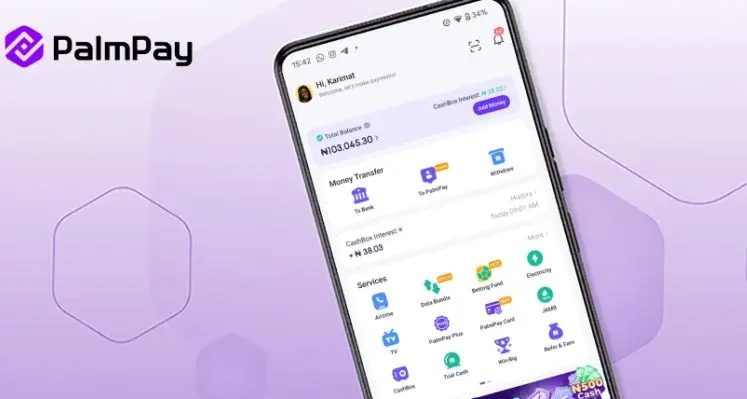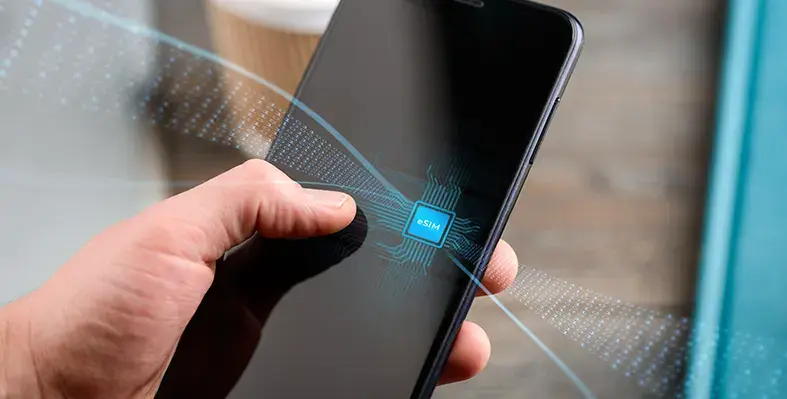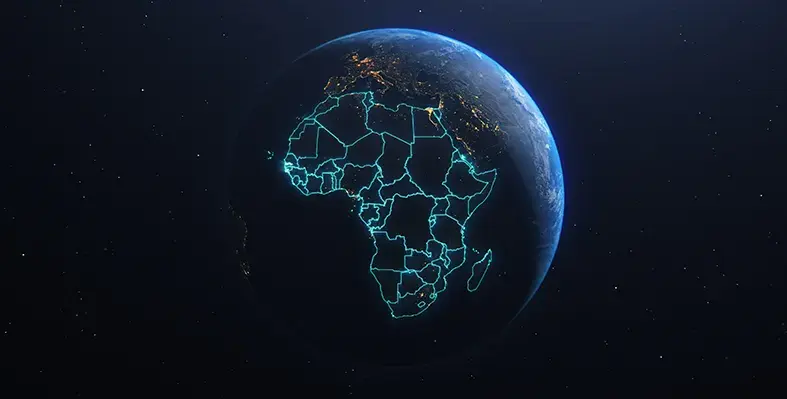Why mobile TV looks set to be more successful in Africa than developed markets. In developed markets such as Europe and the US, mobile TV success stories have for some time eluded operators. Operators have offered services based on new mobile television networks, such as those enabled by DVB-H and DMB. In Europe, DVB-H was endorsed as the standard, supposedly clearing the way for mass market adoption.
Operators have also experimented with delivery of video services over 3G, which has raised serious concerns over network scalability. Despite these efforts, mobile TV remains somewhat of a niche service in these markets.
In emerging markets, however, a very different picture is emerging. As mobile phone penetration rates accelerate in these regions, millions of low-cost, free-to-air mobile TV enabled handsets are being sold. In these competitive markets, being able to offer features such as free-to-air mobile TV helps operators to win customers and reduce churn. Because the mobile TV is delivered by free-to-air broadcast, no investment is required in standards, infrastructure, spectrum or content. And for the consumer, the value of convergence between free-to-air broadcast TV, which for many is a primary source of information and entertainment, and a handset offering voice and data services, is high.
As TV handset penetration increases in these markets, the socio-economic implications of so many individuals gaining personal access to TV are only just being realised.Free-to-air TV is popular in Africa, but access to it is still limited in many areas. This is due to a low ownership rate of TV sets and unreliable power supplies in many homes. The widespread availability of free-to-air mobile TV enabled handsets addresses both of these issues however. Viewers are able to charge their phones in one location, whether at work or at a recharging station, and then watch TV later, either at home or elsewhere.
This trend has important implications for culture and education. The availability of schooling is very limited for much of the population, especially in the sub-Saharan nations. Even where it is available, it tends to only serve younger children. Conversely however, significant amounts of educational content are available on live broadcast television and free-to-air mobile TV enabled handsets provides access to this – not quite classroom tuition but an important means of education nonetheless. In addition to the dedicated educational programming, users of mobile TV are also able to access news, current affairs and weather reports. This kind of content can offer important practical advantages to viewers in Africa.
By providing many individuals with access to culture and knowledge outside of their immediate environments, TV equipped mobile handsets become more than an affordable gadget – they become an educational and enabling force.
These are the views of Diana Jovin, VP of business development and corporate marketing at Telegent Systems, the company that makes television mobile. Telegent, which sells its free-to-air TV receiver chips predominantly for mobile handsets destined for the emerging markets, has seen a significant uptake of its free-to-air analogue mobile TV products, shipping a record 90mn mobile TV receivers in the first three years following their introduction and more than a million per week since then.






















